| » BROJ 80 |
 |
Godina XIV
Septembar - Oktobar 2017.
|
|
| » Glavni naslovi |
SUMMARY
Summary
THE FEATURE ARTICLE OF THIS ISSUE
Unanswered Secrets
|
|
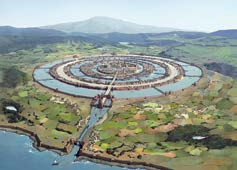 |
Despite the strong growth of scientific research, the world at present is full of visible phenomena and tangible facts to which there is no answer. Pyramids in Giza, Vojnich manuscript, Iron pillar in Delhi, Atlantis, Statues on Eastern Islands, Naszca lines in Peru, Baghdad battery, Underwater city in Japan, terracotta warriors in China, Stonehenge in England... and many more.
People are searching for the Atlantis, but this lost island is yet nowhere to be found, scientists send tiny electronic devices through the pyramids and keep facing new surprises, for many words in manuscripts there is no translation, what can be the explanation for the battery with clay which could operate even today although it dates centuries back, how was construction done under primitive conditions and statues weighing tens of tons were lined so accurately, who and why made the almost nine hundred Chinese warriors of terracotta, how come an iron pillar is not corroding, how were perfectly geometrical lines drawn on mountain tops … There are no answers and speculations are many.
|
ROBOTICS
Why Did We Make Marko? |
|
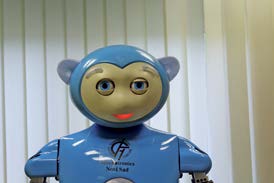 |
Serbian science has a tradition in robotics. It is enough to recall the late Academy member Miomir Vukobratović who in 1968 defined the principle of „zero moment point“ to create biped robot locomotion. This principle was first practically applied in 1984 at the University of Waseda, Japan, and is currently applied in robots around the world, including the robot Asimo, one of the best known humanoids of modern times.
Robot Marko, developed at the Department for Mechatronics, Robotics, and Automation of the Faculty of Technical Sciences in Novi Sad, is an example of the so-called smart robot placed in a medical context. Marko is an auxiliary tool in the therapy of children with development challenges. Its primary role is tomotivate children to extend the duration of therapeutical exercises which they often experience as difficult and boring. These exercises are vital for their development, so motivations is a key factor of success of therapy. The key idea is for children to bond emotionally to the robot, much like they become attached to their favourite toys.
|
ASTRONOMY
Planetoid Serbia |
|
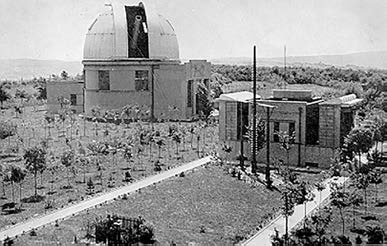 |
This year will be 125 years of the birth of Vojislav V. Mišković, the first educated astronomer in Serbia, Professor at the University of Belgrade, Director of the Astronomy Observatory, and member of the Serbian Royal Academy. Vojislav Mišković graduated in astronomy from the University in Marseille in 1919. He headed the Astronomical Observatory in Belgrade in two mandates (1925-1946, and 1951-1955). During that time, the Observatory was originally part of the University, subsequently part of the Serbian Academy of Sciences (the Astronomical-Numerical Institute), to finally become an independent scientific and research institution. At the proposal of Vojislav V. Mišković, the planetoid discovered before the war by the Belgrade Observatory was in 1954 officially named Serbia.
|
ANGIOGRAPHY
Examination of blood vessels |
|
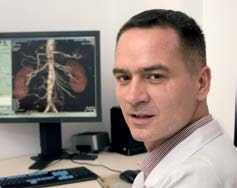 |
Angiography is the most reliable diagnostic procedure for changes in blood vessels. Standard angiography is an invasive method enabling also therapeutical approach, but its more sophisticated variation - the MDCT angiography – provides much more valuable data, it is not invasive and fats – says Dr Slobodan Mra- čević, radiologist at the General Hospital Bel Medic, in Belgrade. This radiological diagnostic method of examination of blood vessels (arteries and veins) is used to detect and locate pathological changes in their lumen (cavity, interior), as well as in their walls, and is thus the golden standard for diagnosing narrowing and clogging of blood vessels, tumour vascularisations, traumatic damages to blood vessels and internal haemorrhage.
|
BIOLOGY
Life under Extreme Circumstances |
|
 |
A widespread and simplistic perception of a desert implies: Sun-burnt wilderness with tall sand dunes, without any sign of life. However, deserts can also be very cold, with different ground – sand, stone, gravel, clay, salt, etc. most deserts abound in dynamic life. Deserts cover as much as one fifth of the total land on the Earth. They are usually relatively poor and non-productive areas with less than 25 cm precipitation per year, which is why living conditions are very restrictive. Lack of vegetation exposes the soil to denudation. Unfavourable circumstances in deserts include lack of water or very difficult supply of water. In the first case, there is real, physical draught in areas of minimum precipitation. In the other case there is no physical draught, since the soil is moist, but die to very low temperatures it is very difficult for roots of plants to develop, so this results in physiological draught.
|
PALAEONTOLOGY
Ancient Picture of Life |
|
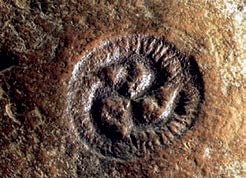 |
Fossil remains found in southern Australia (Ediakaran Hills) were the basis for setting a separate geological period titled Ediakara period. Fossils originating from this period are known as Ediakara fossils and are the most ancient complex forms of life (metazoa) which lived at the very end of the Precambrian Era, somewhere about 575–542 million years ago. These organisms appeared before the famous Cambrian explosion of life happened and provide significant data on early evolution of complex multicellular organisms. Apart from findings from Australia, fossils of the Ediacara period are currently identified in some 40 sites around the world, and the best preserved ones are in Eastern Canada (Newfoundland), Southern Australia, Russia (the White Sea), and Namibia.
|
ASTROPHYSICS
Back through Time |
|
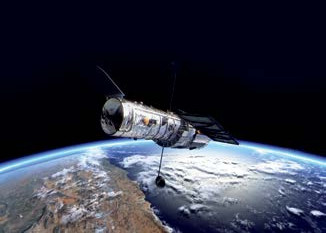 |
Scientists have peeked into very remote past, much further back than the currently available instruments make it possible, into a faraway galaxy consisting of bright constellations of newly formed stars. The great distance and the time needed for light to cross such a long way, mean that to us living on the Earth the galaxy presents itself the way that it used to be 11 billion years ago, or just 2.7 billion years after the Big Bang. NASA experts in the space centre “Goddard”, in Greenbelt, USA, described the impressions that they had when they saw the reconstructed picture and compared it with a huge fireworks. By means of the „Hubble“ telescope, they used the natural phenomenon and applied a new computer method in order to generate authentic pictures, which are at least ten times sharper than what the telescope can caoputre under normal circumstances.
|
ENERGY
Benefit from the Rooftops |
|
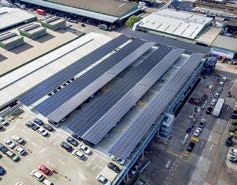 |
Urban areas provide ample advantages for installing photovoltaic solar plants on rooftops of commercial and residential buildings. Such solar panels are installed on existing rooftops and do not require new land area. An additional advantage is that it does not cause harm to the environment. Individually, they are of much less power than the ones on earth, but having in mind the vast urban areas, if installed massively, they can be equal to conventional power plants. With 2,200 hours of sun per year in the Serbian climate, this makes up about 750,000 kWh annually – or 900 tons less combusted lignite in coal burning power plants or about 600 tons less carbon dioxide released into the air.
|
SOFTWARE
What awaits us tomorrow? |
|
 |
Very soon software will be making many changes in our lives. Even if we cannot anticipate all of these changes, there are things that will most certainly change in the next 5-10 years. We already know some answers, at least in some areas of human activity. For example, the powerful company „Uber“ is only a software tool, nothing else. They do not own a single vehicle, and yet they are the biggest taxi company globally! „Airbnb“ is now the biggest hotel company in the world – having literally no real estate in their ownership! Artificial intelligence is by large replacing human intelligence and it is almost impossible to live without it. Already in 2018 there will be plenty automobiles in the streets without anyone at the wheel. Two years later, the automobile manufacturing will change …
|
Kompletni tekstove sa slikama i prilozima potražite u magazinu
"PLANETA" - štampano izdanje ili u ON LINE prodaji Elektronskog izdanja
"Novinarnica"
|
|
|
» Prijatelji Planete |
| » UZ 100 BR. „PLANETE” |
|

|
| » 20 GODINA PLANETE |
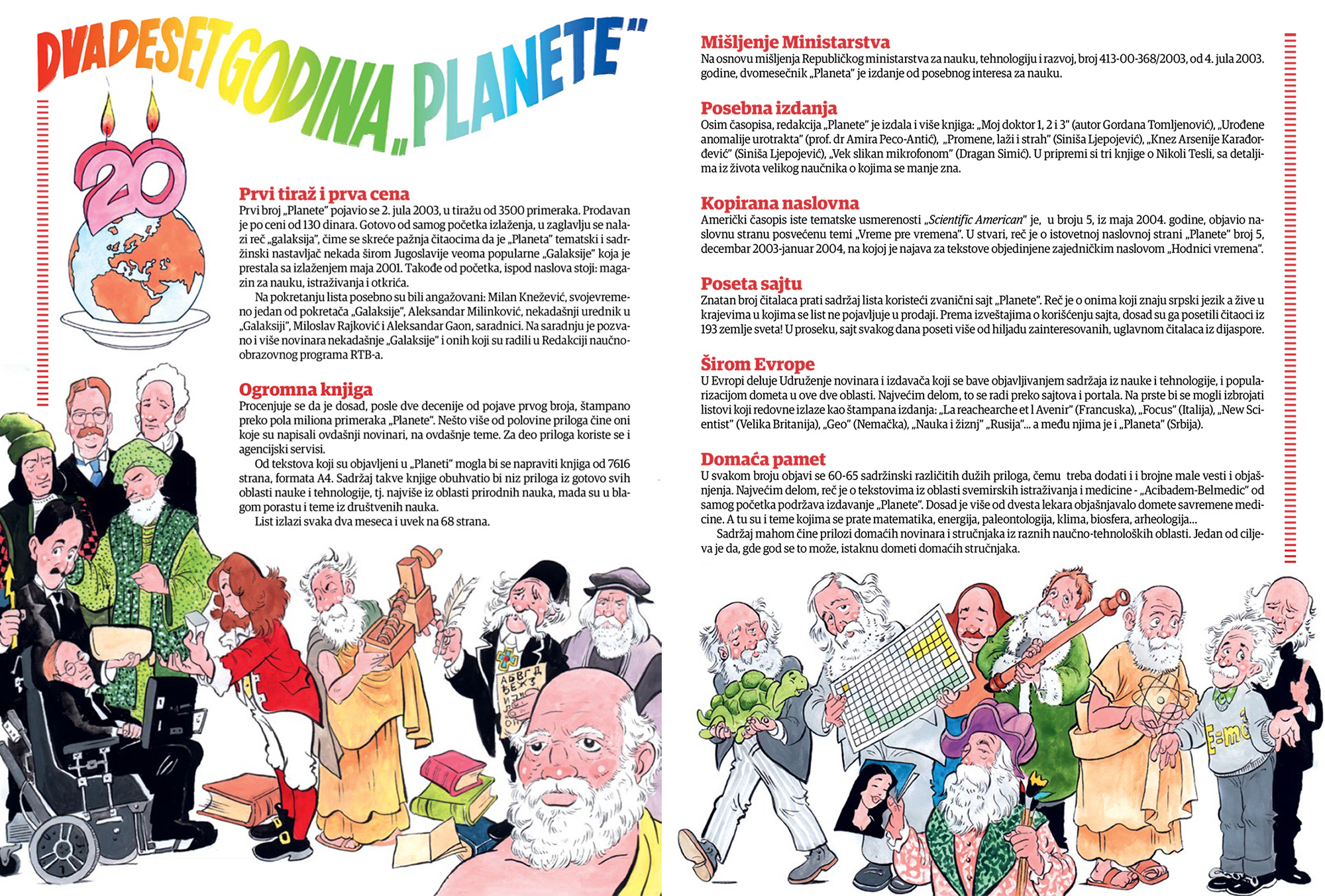


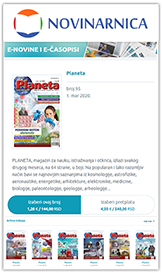
6 digitalnih izdanja:
4,58 EUR/540,00 RSD
Uštedite čitajući digitalna izdanja 50%
Samo ovo izdanje:
1,22 EUR/144,00 RSD
Uštedite čitajući digitalno izdanje 20%
www.novinarnica.net
Čitajte na kompjuteru, tabletu ili mobilnom telefonu

|
| » PRELISTAJTE |
NOVINARNICA predlaže
Prelistajte besplatno
primerke
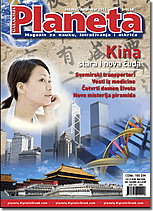
Planeta Br 48
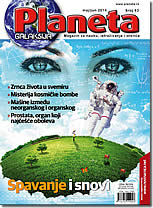
Planeta Br 63
|
| » BROJ 120 |
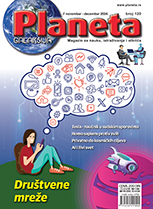 |
Godina XXI
Novembar - Decembar 2024.
|
|
|

